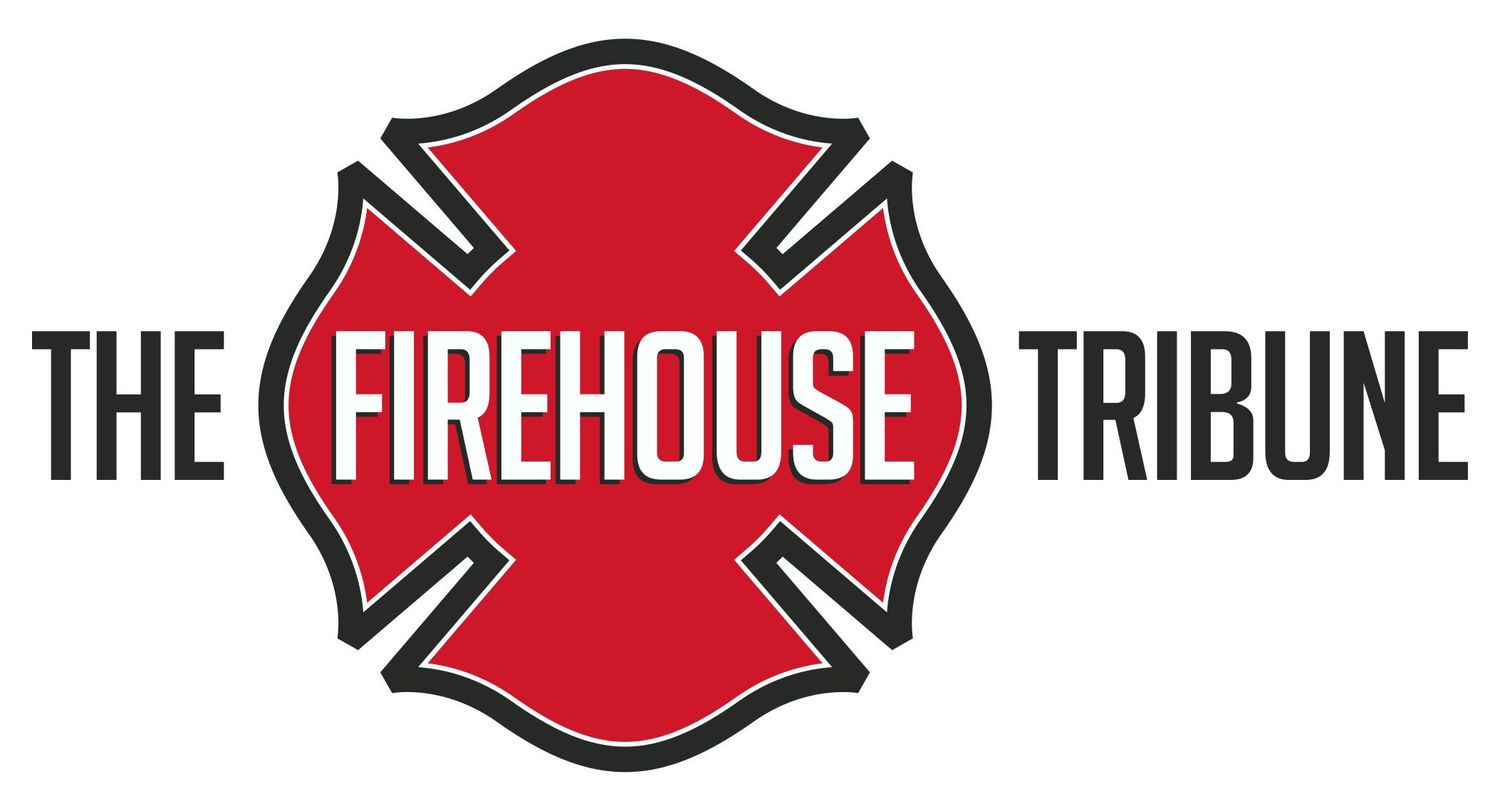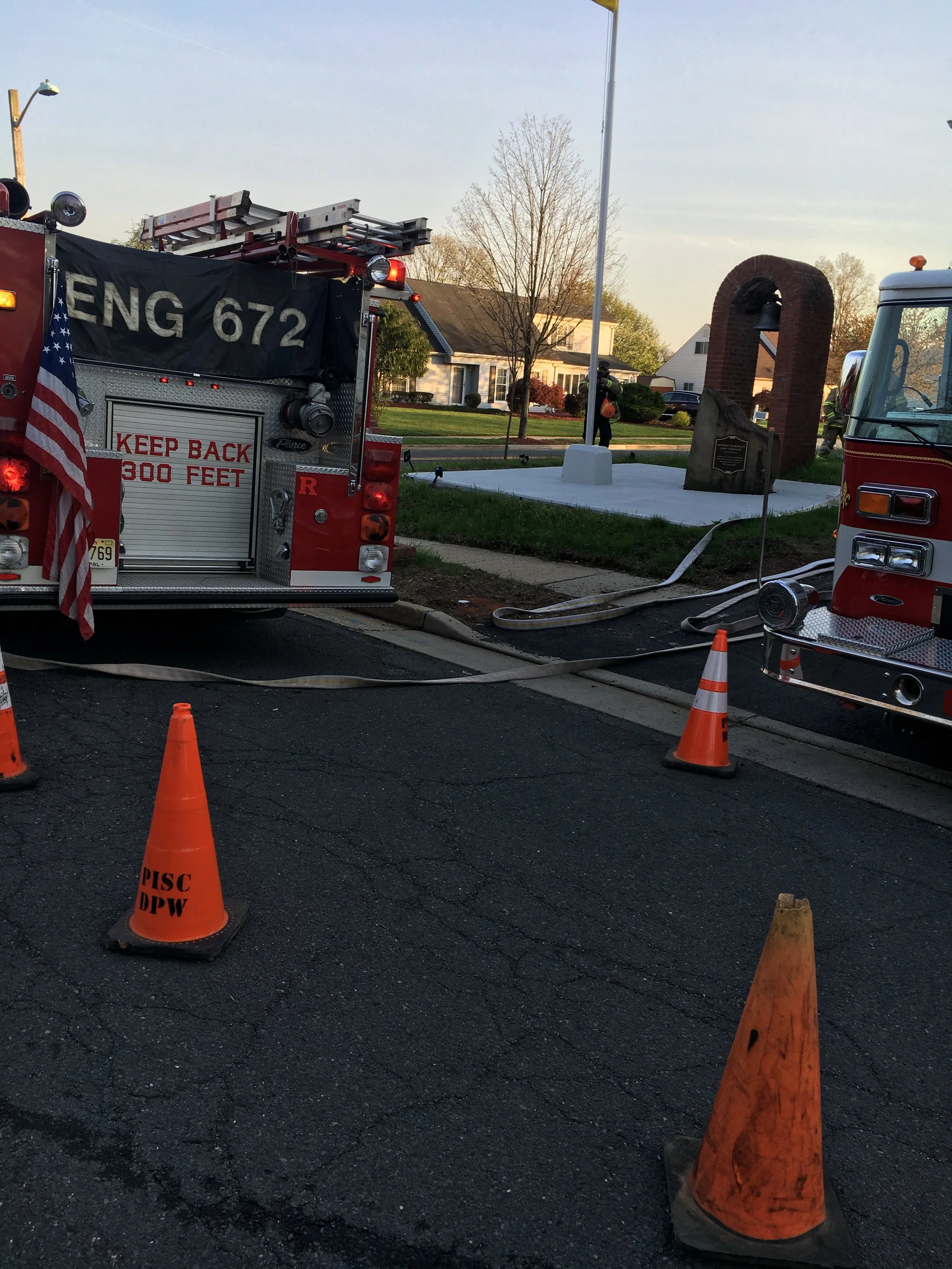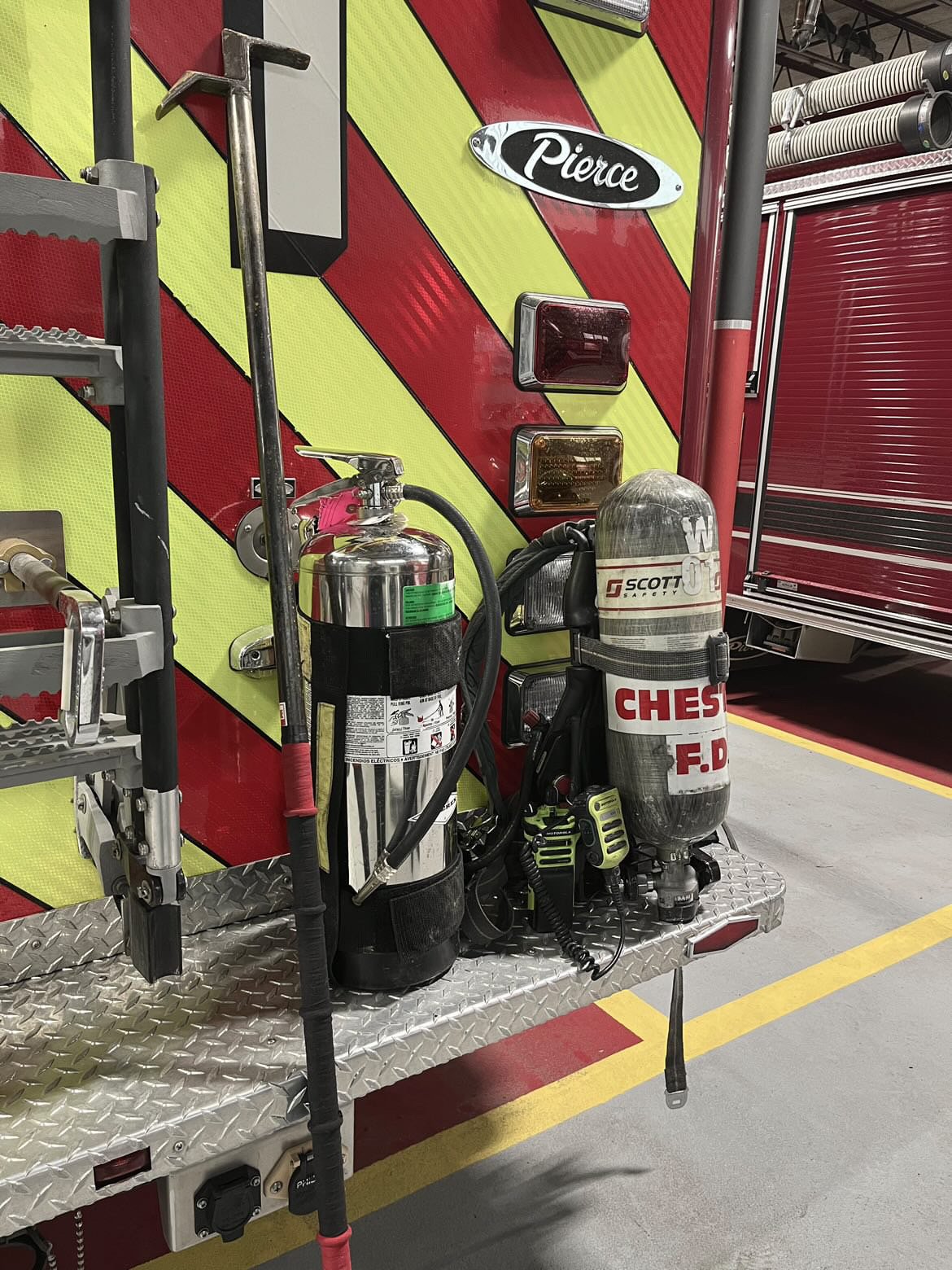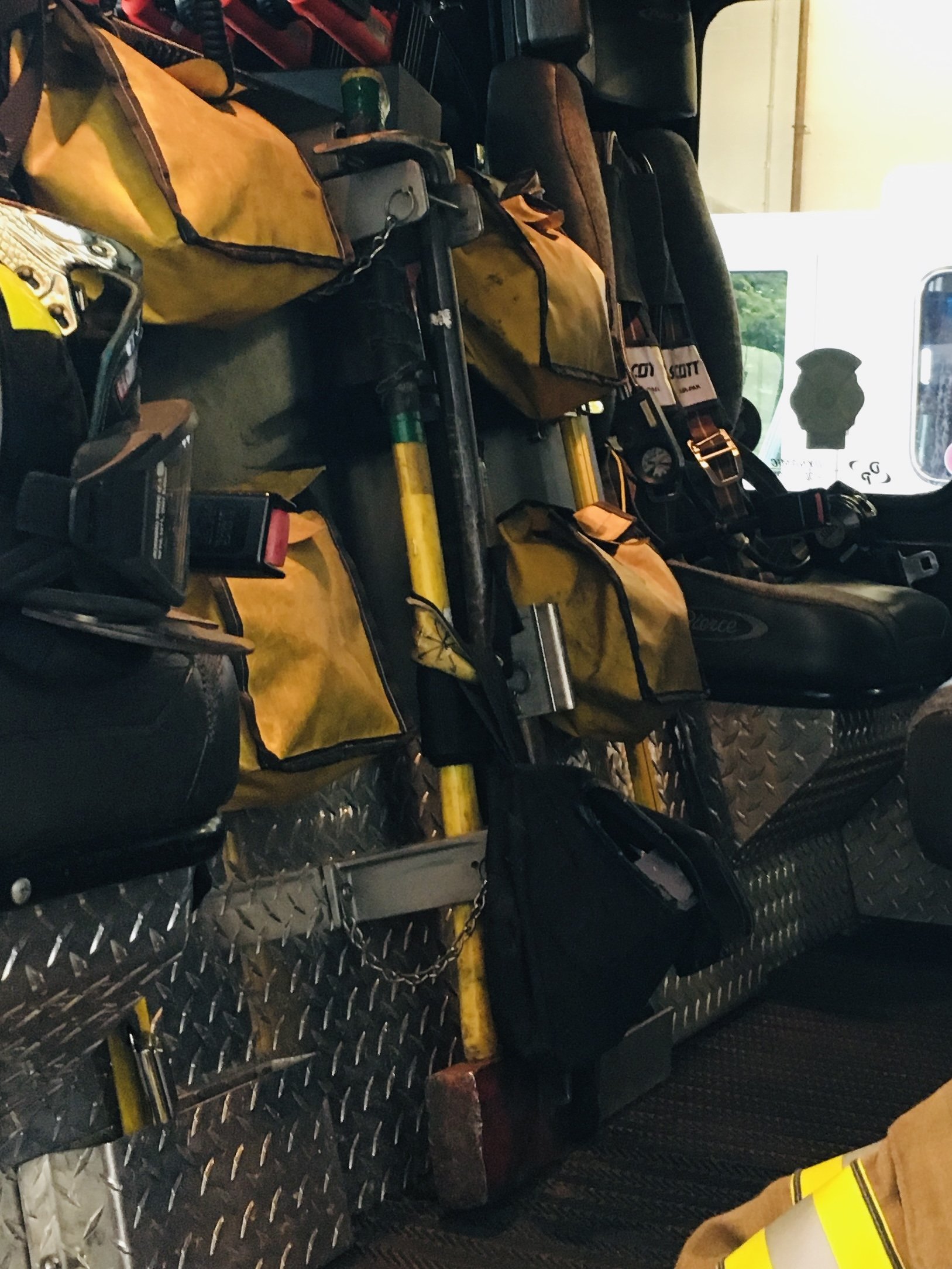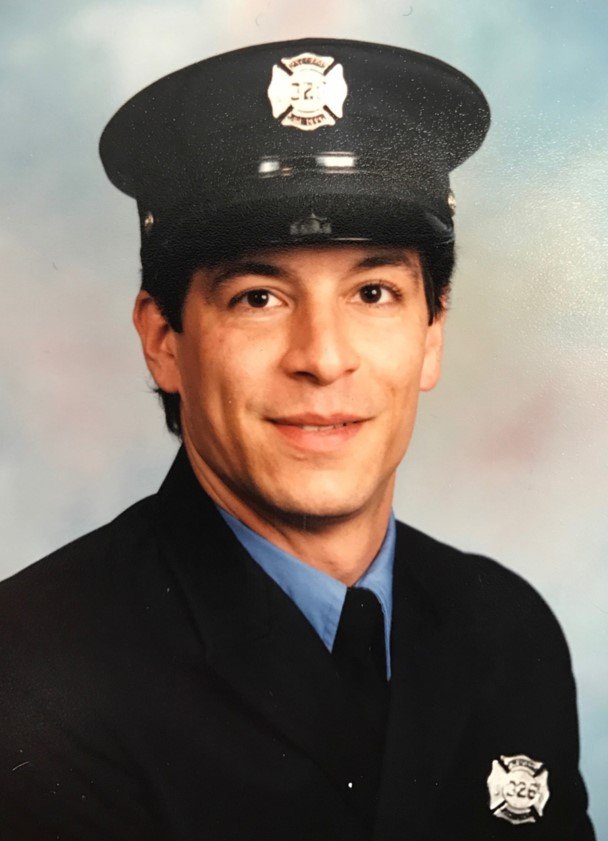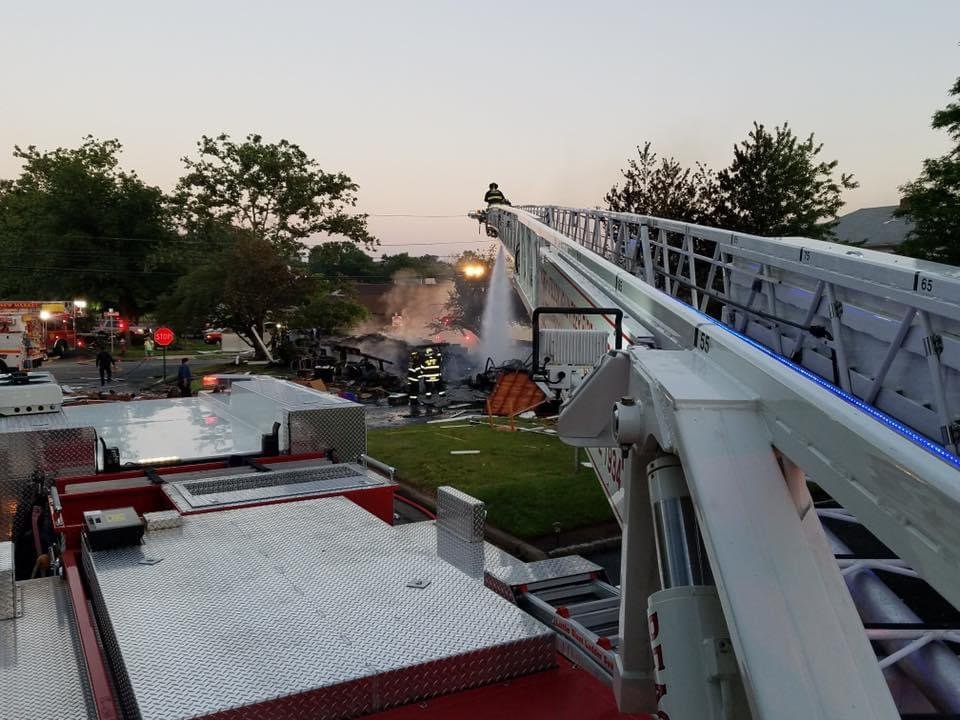Hydration is an essential factor for firefighters all around. According to research, hydration is vital for overall health and wellness and your performance, along with recovery. The human body is made up of 66 to 70 percent water; through sweat, breathing, and bodily waste, it will lose around 35 to 90 ounces of water. During normal physical activity, however, the body could lose an additional 8 to 16 ounces of water. Firefighters, on the other hand, lose approximately 50 to 70 ounces of water in only 30 to 45 minutes during firefighting activity, five times higher than normal physical activity. The National Academies of Sciences, Engineering, and Medicine determined that an adequate daily fluid intake is about 15.5 cups (3.7 liters) of fluids for men and about 11.5 cups (2.7 liters) of fluids a day for women. These recommendations cover fluids from water, other beverages, and food. About 20 percent of daily fluid intake usually comes from food and the rest from drinks.
With all of this being said, is this enough for firefighters when performing high intensity work in full PPE in training and on the fire ground?
Let's take a look at the benefits and needs of incorporating electrolytes into your hydration especially when you're on shift at the firehouse.
Our bodies lose electrolytes through sweat, those of which cannot be replenished by water. Yes, you may feel better after a nice bottle of water however you may not be fully recovered due to the loss of important nutrients found in electrolytes.
But what makes electrolytes so essential, you ask? Let's find out.
For starters, electrolytes are essential minerals found in food and fluids, with a few of them being produced by our bodies naturally. Our bodies are designed to dissolve these minerals through blood, sweat and urine turning them into positive or negative charged ions which are vital for us to carry out normal body processes. Of these processes would be regulating our pH levels, maintaining fluid balances, contracting muscles, and conducting nerve impulses that allow your cells to communicate.
There are seven common electrolytes are four essential electrolytes are bodies need in order to function properly.
Seven common electrolytes
Sodium
Potassium
Chloride
Magnesium
Bicarbonate
Calcium
Phosphate
Four essential electrolytes
Sodium
Potassium
Chloride
Magnesium
The four essential electrolytes all play a role in proper body functioning from healthy digestion to regulating blood pressure and while they contribute to the same processes in the body function, all have unique properties that play a role in this process.
So, before we can discuss why these four are consider essential, we must first understand what these four are.
Sodium
Sodium play a pivotal role in maintaining the bodies extracellular fluid (ECF) volume and regulating blood pressure. Across our cellular membranes, sodium influences the water movement around these membranes and when the sodium levels change as does our osmotic pressures. This pressure can be thought of as the pressure that would be required to stop water from diffusing through a barrier of osmosis. Basically stating, it is how hard the water will "push" to get through the barrier in order to diffuse to the other side. In other words, "where sodium goes, water flows".
These changes induced by sodium will affect how water moves intra and extracellular compartments, like blood. Therefore resulting in an increase or decrease in plasma volume (part of ECF) and blood volume which can raise or lower blood pressure.
Potassium
Potassium is the partner to the electrolyte mentioned above, sodium. These two work together to maintain fluid volume in and out of your cells. As sodium is found in the extracellular fluid, potassium is found mostly in the intracellular fluid and is one of the most abundant mineral in our body.
The concentration of potassium in the ICF is around 30 times higher than outside your cell forming an electrochemical gradient for potassium and its partner sodium to work together to maintain. The electrochemical gradient is responsible for muscle contractions.
Without the proper levels of potassium in our body, our muscles produce weaker contractions along with possible muscle fatigue or severe muscle cramps.
Magnesium
Every cell in our body has the electrolyte magnesium. In fact, nearly 60% of it lives in our bones, with the rest found in fluids, tissues, and muscles. The importance of magnesium is that it is a help molecule that contributes to over 400 enzymatic reactions throughout our body, such as:
Converting food into energy
Regulating muscle and nerve functions
Contracting muscles
Regulating blood pressure and blood sugar
Building proteins
The functions of magnesium may seem repetitive to sodium and potassium but it is important to note, many of the electrolytes will work together to ensure the body is running how it should.
One of the main functions of these electrolytes working together is producing and metabolizing adenosine triphosphate, otherwise known as ATP - the body's primary energy source.
Chloride
Chloride is a negatively charged ion found in both intra cellular (ICF) and extracellular fluids (ECF). It is the second most abundant mineral found in the body. The function of chloride in the body is maintaining acid-base balance also known as pH balance, aiding in digestion and aiding in water movement between fluid compartments in the body.
Chloride plays a pivotal role in proper digestion. It is a component to stomach acid, also known as hydrochloric acid (HCI). HCI jumpstarts our digestive process by activating gastric enzymes.
Now that we in short, covered the four essential electrolytes. We need to know WHY they are essential.
In the simplest terms, they keep your body in balance - in homeostasis. By having balanced electrolytes, it will help with chemical reactions and maintaining proper hydration along with intracellular and extracellular fluids that protect our cellular function. By keeping these electrolytes in balance we are also doing the following:
Keeping pH levels balanced
Transporting nutrients into our cells
Removing waste from our cells
Supporting muscle function
Supporting nervous system function
Regulating blood pressure
Electrolytes are essential for optimal body functioning and why maintain proper hydration prior to and after training and work on the fire ground. To reestablish a healthy balance in the body, it is important to replenish the nutrient that is lost though our sweat and bodily fluids on the job.
In order to work and perform at your optimal level, it is essential to keep electrolytes in your carry bag when on shift. A dehydrated firefighter is a unless firefighter.
Until next time, work hard, stay safe & live inspired
